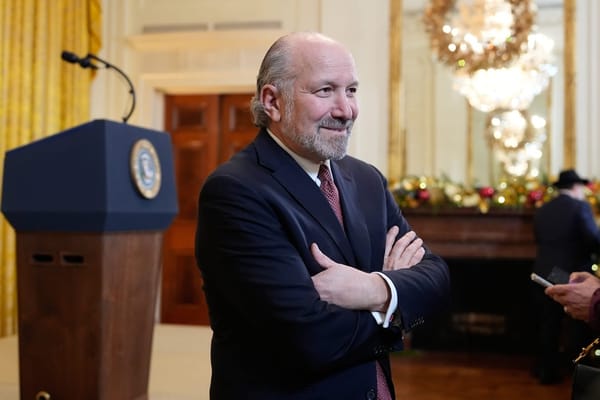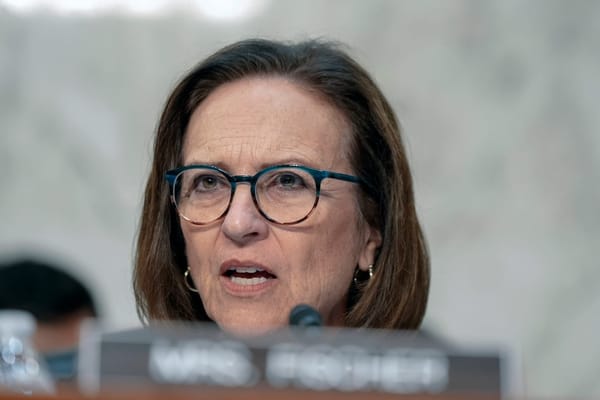Trump Administration Expected to Continue CHIPS Act Support, Experts Say
The Act authorizes nearly $280 billion in funding to bolster semiconductor manufacturing and R&D in the U.S.
Broadband Breakfast

WASHINGTON, Jan. 24, 2025 — Despite concerns about potential rollbacks of Biden-era programs regarding energy, policy experts expect the Trump administration to maintain support for the CHIPS and Science Act, aimed to bolster semiconductor manufacturing and R&D in the United States.
"Upon reminding the Trump administration really what the goals of this program are, which are shoring up U.S. manufacturing and increasing competitiveness in U.S. science and technology - those are goals that are completely aligned with what President Trump wants," said Mimi Stroble, senior director for policy and government relations at Nokia, during a Broadband Breakfast Live Online event Wednesday.
The CHIPS Act's origins date back to 2019, when it was initially conceived as two separate bills: the CHIPS for America Act and the Endless Frontiers Act. The measures were ultimately combined and passed during the Biden administration.
 Broadband BreakfastStephen Ezell
Broadband BreakfastStephen Ezell
The Act included multiple funding mechanism authorizations: Up to $200 billion for scientific research, $52.7 billion for semiconductor manufacturing and workforce development, $24 billion in tax credits for chip production, along with $3 billion for advancing technology and wireless supply chains.
The Commerce Department has announced $33 billion in grants and $5.5 billion in loans across 48 projects in 23 states, supporting construction of 17 new semiconductor fabrication plants, said Stephen Ezell, vice president of global innovation policy at the Information Technology and Innovation Foundation.
However, he was quick to point out inefficiencies in the program’s implementation. “It has taken far too long for this funding to be dispersed. As of mid-2024, even 15% of the allocated funds had yet to be awarded,” he said, attributing the delays to “the everything bagel of progressive red tape,” which included requirements unrelated to semiconductor competitiveness, such as child care and affordable housing provisions.
Gary Hufbauer, senior fellow at the Peterson Institute for International Economics, emphasized that while public attention has focused on the Commerce Department's direct grants program, the investment tax credit component could be more significant, potentially reaching $100 billion - roughly double the size of the direct funding program.
"The investment tax credit, if the firm invests in semiconductor equipment, it gets the credit - 25%. So it's much simpler and more certain," he said, contrasting this straightforward approach with the complex grant process managed by 150 Commerce Department staff who must evaluate detailed proposals against multiple criteria.
Hufbauer noted that this predictability has been crucial for companies making multi-billion dollar investment decisions.
Policy experts recommended several improvements to the program, including stripping out ancillary requirements unrelated to competitiveness, extending the investment tax credit beyond its 2027 expiration, and addressing a projected shortage of 67,000 semiconductor professionals by decade's end.
"I absolutely see the desire to do workforce and environmental protections... but adding on these kinds of ancillary requirements, it really does not help incentivize companies to want to onshore," Stroble said.
The experts also highlighted concerns about underfunding of the "science" portion of the CHIPS and Science Act, which authorized $200 billion for research and development but has received only 8-11% of authorized appropriations.
The program also faces significant competition from China, which according to Stroble is investing heavily in semiconductor development on a much larger scale.
"If we want to meet these pretty aggressive and important goals by 2030, we need to start getting some of these fabs rolling and some of these R&D programs rolling," Stroble said.









Member discussion